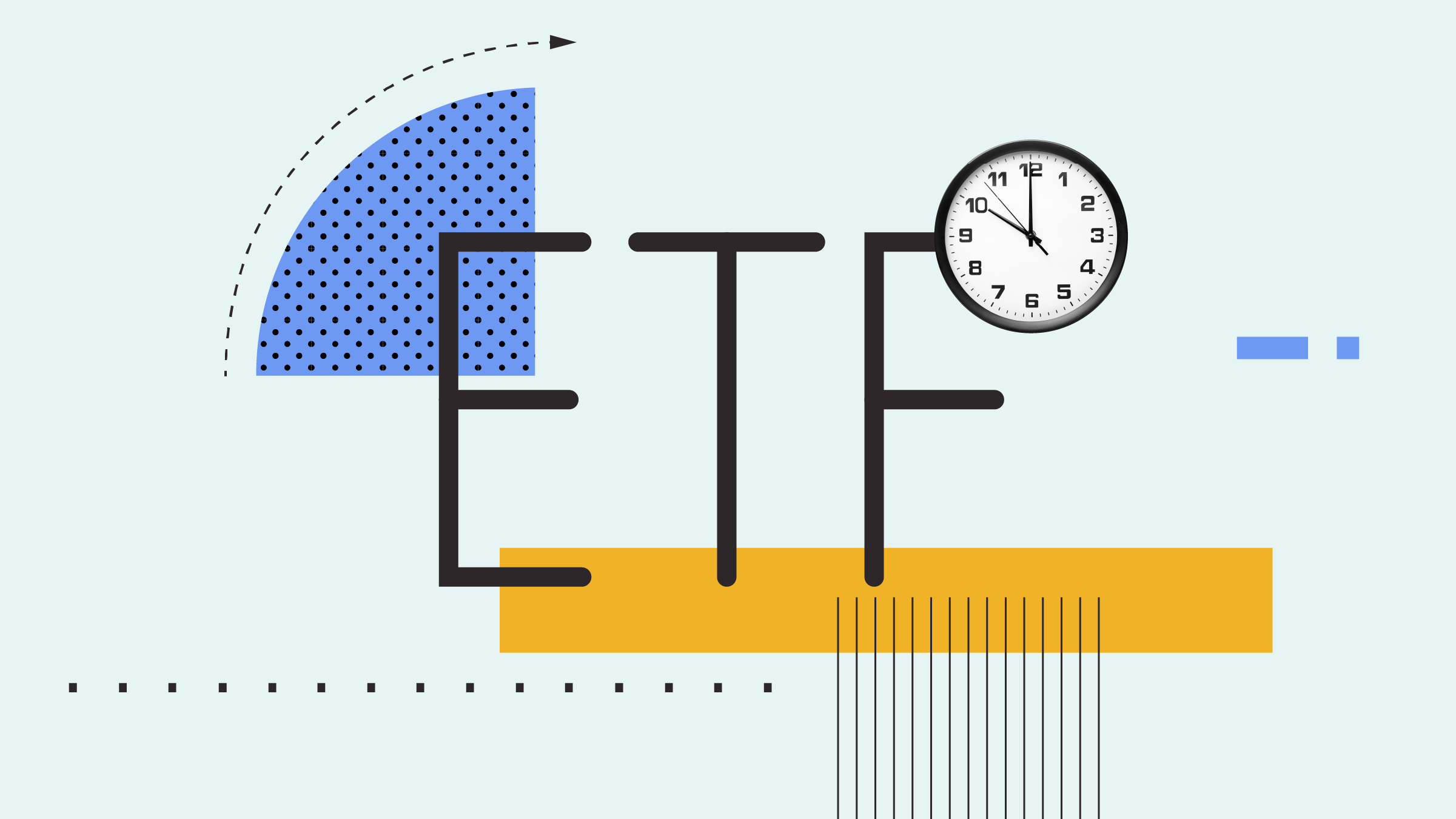.jpg)
After reaching a high of $4.95 (£3.92) per pound in February 2022, the price of copper pedalled back, and is currently trading in the vicinity of $3.75 per pound. But what happened to the bullish predictions about soaring copper prices to come, mostly in response to the energy transition?
According to Jon Mills, equity analyst at Morningstar Australasia, the fall in copper prices is temporary.
"Prices have gone down, but they're still at historical highs," he points out. Presently, the market is going through a period of oversupply that could reach about 450,000 tons next year, or about 2% of total demand.
"What has disappointed is demand out of Europe and the US. But demand from China is still strong," says Jon Case, vice-president, portfolio manager and research lead – equities, at CI Global Asset Management.
At the end of 2023, growth of copper demand out of Europe should be negative at -1.75%, and from the US at -1%, while in China, demand remains very robust at 4%, according to numbers presented by Jesline Tang, editor of S&P Global Commodity Insights at a September Mining & Energy Investment event in Singapore.
Copper is no Longer a Strong an Economic Barometer
The price of copper has traditionally been seen as a leading indicator of the economy. According to current signs, it would seem like we heading toward something that resembles a recession. But that is not the case - yet. In an August note, Bank of America’s commodity research team said that copper’s sensitivity to GDP growth has been declining.
Case agrees. "A lot has to do with how the world economy has changed, he says. The US economy is now 70% related to services, so copper tells us little of what is happening there, while China represents 50% of copper demand. So prices now have a lot to do with China's economy."
Copper: the New Oil?
The energy transition promises to change the present slump of copper.
"Everyone’s bullish view is predicated on the transition," Case observes. Tang calls copper "the new oil in the energy transition".
According to Tang, while demand growth in China could slow to 2.5% by 2027, that relative softness should be largely compensated by demand in the US that could shoot up to 7%. By then, the world would enter a chronic deficit.
The year 2027 "is the year when the market starts to be very worried because the deficit could snowball if supply does not catch up, she says. This is because we expect copper demand to increase more than 82% between 2021 and 2025 in order to meet the net-zero goals by 2050".
As early as 2035, S&P Global predicts that a chronic yearly deficit of 9.9 million metric tons could set in.
"The severity of the deficit will largely depend on the industry's ability to expand capacity as energy transition-related applications are expected to boost overall copper demand to about 50 million metric tons in that time frame from the current 25 million metric tons," states the report.
S&P Global also putsforw ard what it calls a "high-ambition" scenario where a deficit would still set in, but at a much more manageable 1.5 million metric tons. Even that would be well above the previous highest deficit of 1 million metric tons recorded in 2014.
Will Copper Supply Increase?
But such a "high ambition" seems quite unlikely. Conditions in the copper industry simply do not warrant such optimism. Jamie Keech, Executive chairman of Vida Carbon summed up the situation at the 2023 Vancouver Resource Investment Conference.
"The average age of the world’s top 10 mines is 95 years old," he said.
"They're getting deeper every year, they're getting lower grades every year and they are getting more expensive to mine every single year. And most of those are located in Chile and Peru, areas that are increasingly volatile from a political and social perspective."
Mills points to the First Quantum Minerals project in Panama where, in the second of three required votes, Panama lawmakers have voted to repeal the company’s new contract for one of the most important copper mining projects in the world.
"If the government votes against it, that mine could go offline, which would wipe out in one blow next year’s surplus," the analyst says.
To keep up with projected demand, the industry would need to spend $16 billion per year.
"That money doesn’t exist in the industry," Case states flatly. Especially since development prices are escalating. He gives the example of Chile where major restrictions are being imposed on water because of scarcity. That means that mining companies have to invest in ocean water desalination plants and pull that water 300 kilometers to the higher altitudes where mines stand. "But present prices of copper don't allow it," he says.
Copper Demand from the Energy Transition is Mild
On the other hand, demand could be slower to materialise than predicted.
Demand coming from the energy transition side "is still relatively mild, Mills observes. The problem is that electric vehicles and renewables are only rolling along because of subsidies. The median income of EV owners is $110,000, so they’re not being bought by everyone. That needs to change for EVs to roll out."
Of course, if the energy transition starts rolling along, demand will explode – but copper availability will dampen it. However, Case believes that, notwithstanding the energy transition, the dynamics and constraints within the copper industry itself will warrant higher prices.
"We can paint a picture where prices can go much higher, he says, predicated on these mining supply trends, not even on the transition."
Because of the ongoing slump, copper prices "could still potentially go down," Mills acknowledges. Nevertheless, considering the long-term prospects of the metal, "this could be a good moment to enter the market," he adds.




























